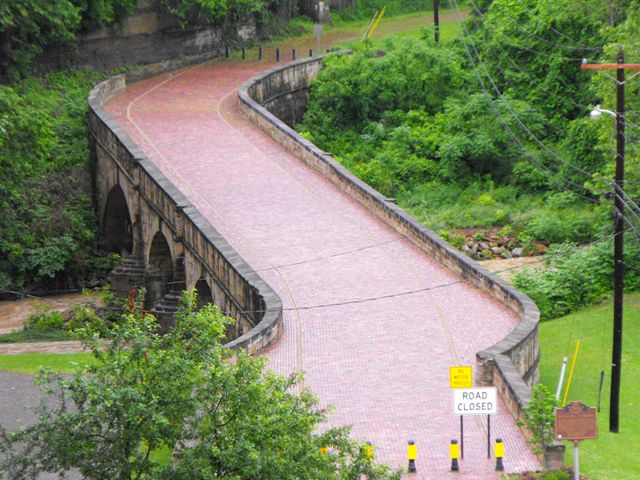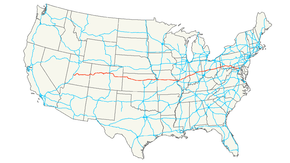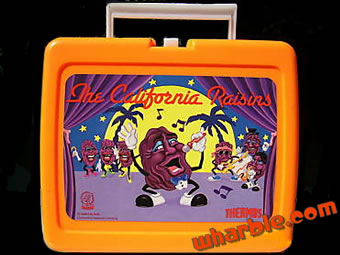On this date in History .... March 30, 1867:
William
Seward, U.S. Secretary of State, signs a treaty with Russia to purchase the vast
landmass of Alaska, adding over half a million square miles to the U.S. He had
trouble convincing Congress of the value of the deal, even with a purchase
price of about two cents an acre. The
Senate finally ratified the deal by just one vote. Congress and the press
called it “Seward’s Folly” and President Andrew Jacksons “polar bear
garden.”
Russia had wanted to
sell Alaska during Pres. Buchanan’s term but the Civil War came along and
interrupted the negotiations.
Alaska had been a
very profitable territory for Russia while under the leadership of Alexander
Baranov who oversaw the Russian interests in the territory. Baranov built a strong trade economy, built
schools and factories. He brought Russia
over 1000% profit.
When he resigned, the leadership was taken over by a group
who set high salaries for themselves and reduced by half the price paid to the
natives for seal fur and walrus ivory.
This price reduction forced the natives to double the killing just to
make enough money to live, resulting in actions that almost killed off all of
the sea otters. Sufferings by the
natives brought about uprisings and protests which were stopped by the Russians
firing on the natives from their military ships. It was a far cry from the prosperous time
under Baranov.
When the Crimean War
broke out, Russia found it difficult to defend two fronts and they began talks
with the U.S. about selling Alaska.
The territory was
slow to become populated by the U.S. citizenry (only about 2000 people lived
there in 1867), but when gold was discovered about 30 years later, there became
a huge influx of people to the new territory. Between 1890 and 1900, the
population doubled from around 30,000 to 63,000. Less than 1% of those who ventured to Alaska
came away rich with gold.
 Swimmer Mark Spitz was presented the Amateur Athletic
Union’s coveted Sullivan Award as the
outstanding amateur athlete of 1971. Spitz went on to Olympic heroics a few
months later, winning seven gold medals. Raised in Hawaii where he swam every day,
by the age of ten he held 17 national age group records and one world record. After
competing in the 1968 Olympic games, Spitz enrolled at Indiana University
before going to the 1972 Olympics where he won his seven legendary gold medals.
Swimmer Mark Spitz was presented the Amateur Athletic
Union’s coveted Sullivan Award as the
outstanding amateur athlete of 1971. Spitz went on to Olympic heroics a few
months later, winning seven gold medals. Raised in Hawaii where he swam every day,
by the age of ten he held 17 national age group records and one world record. After
competing in the 1968 Olympic games, Spitz enrolled at Indiana University
before going to the 1972 Olympics where he won his seven legendary gold medals.





